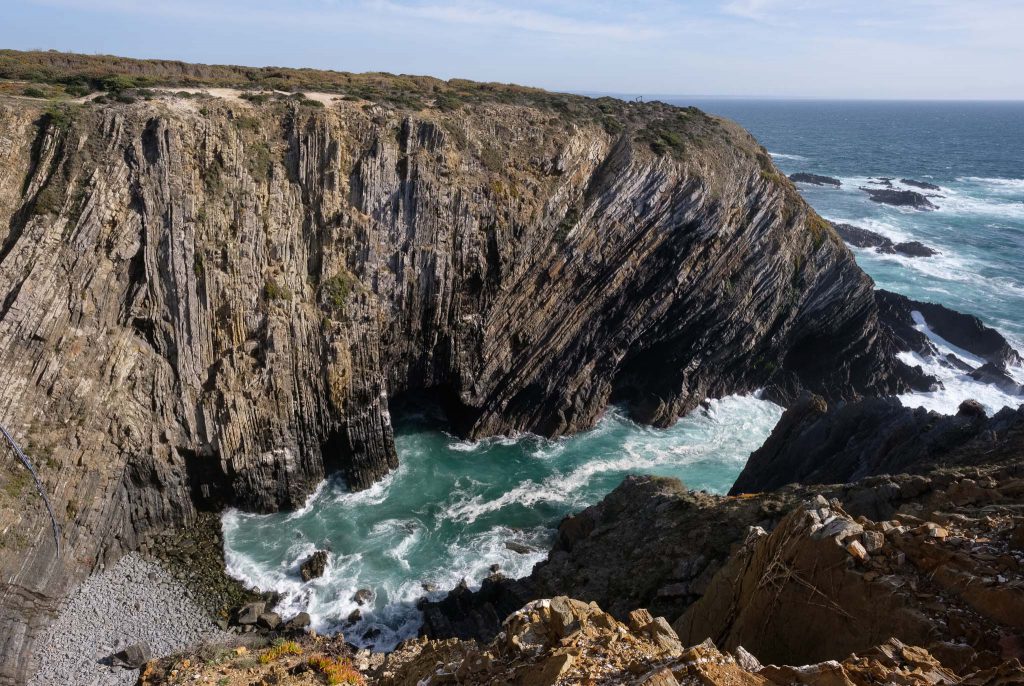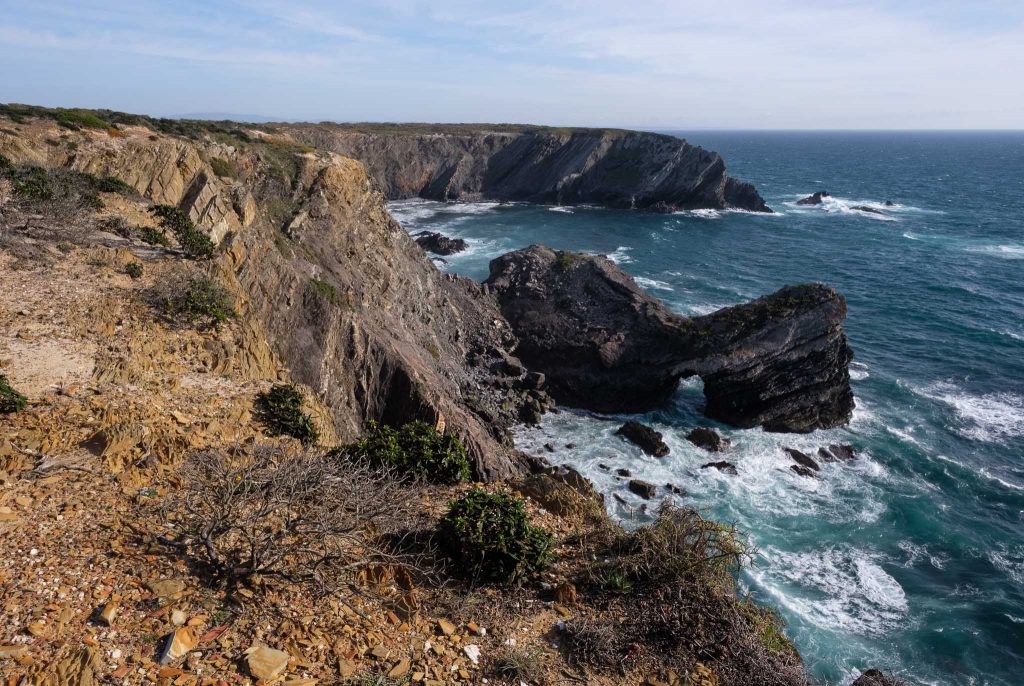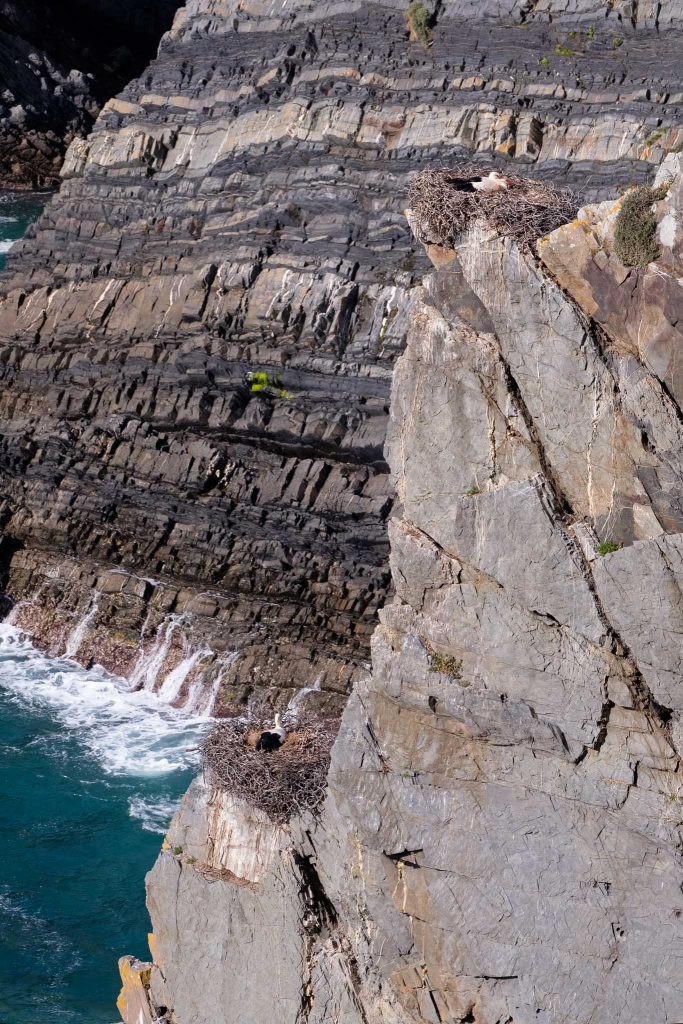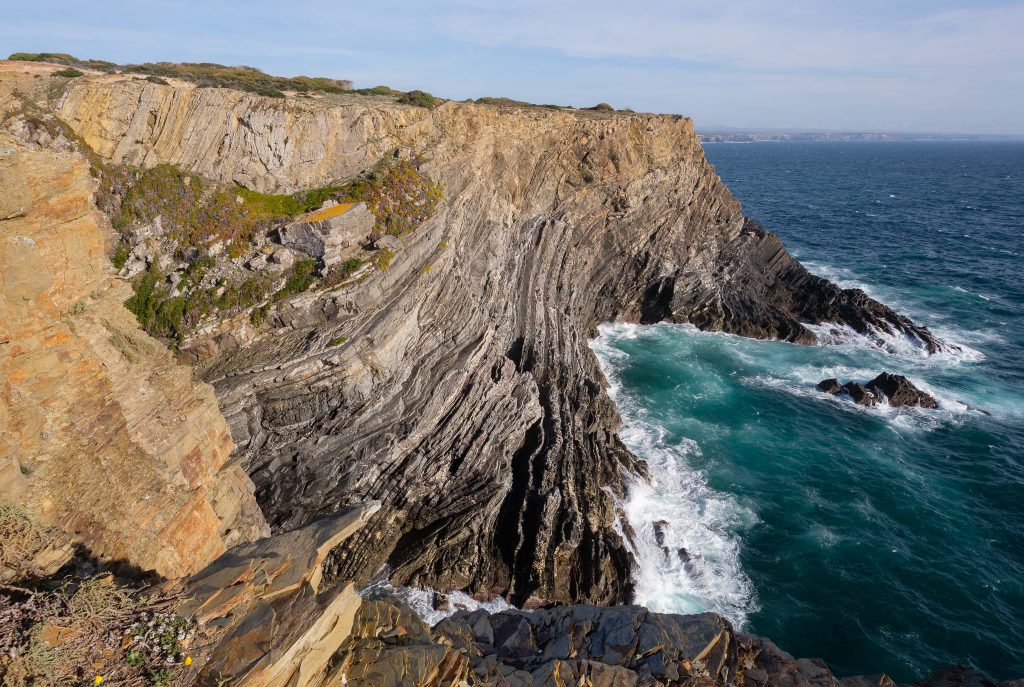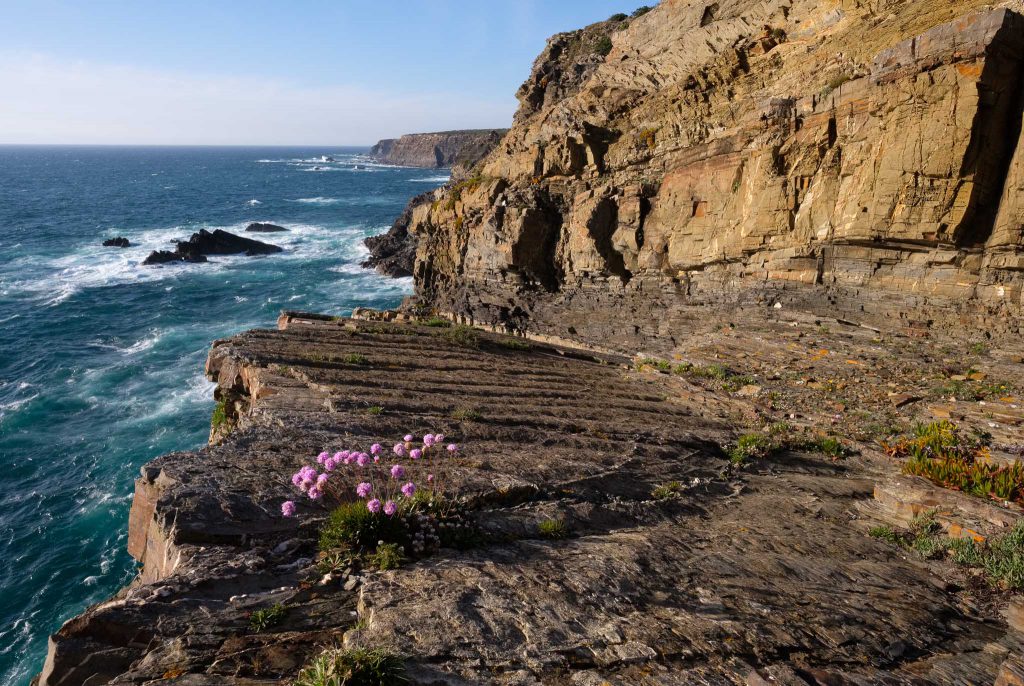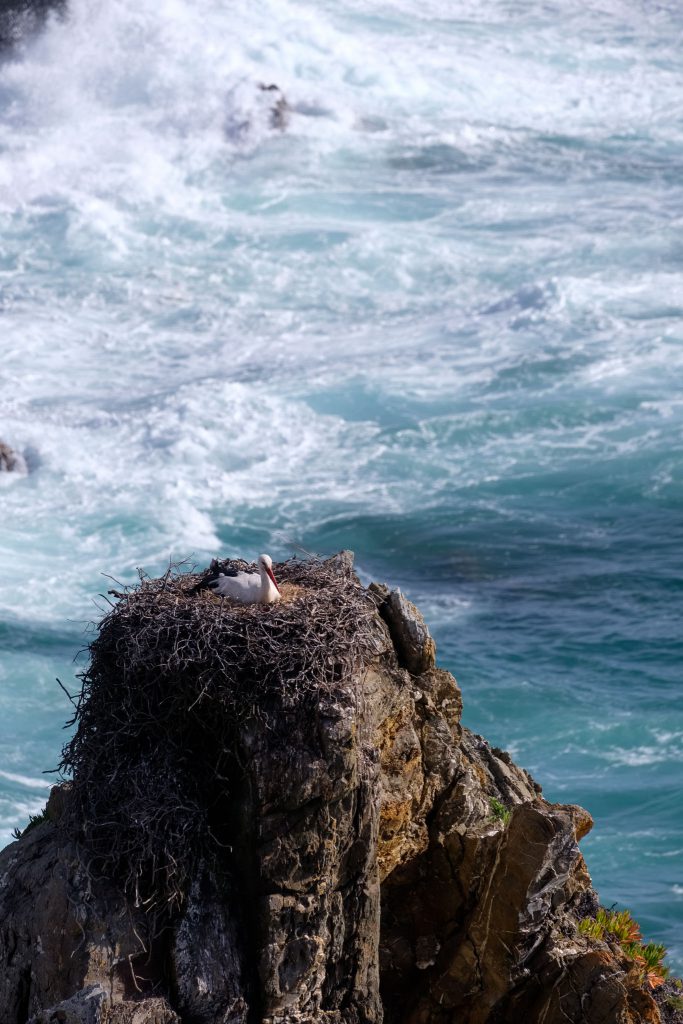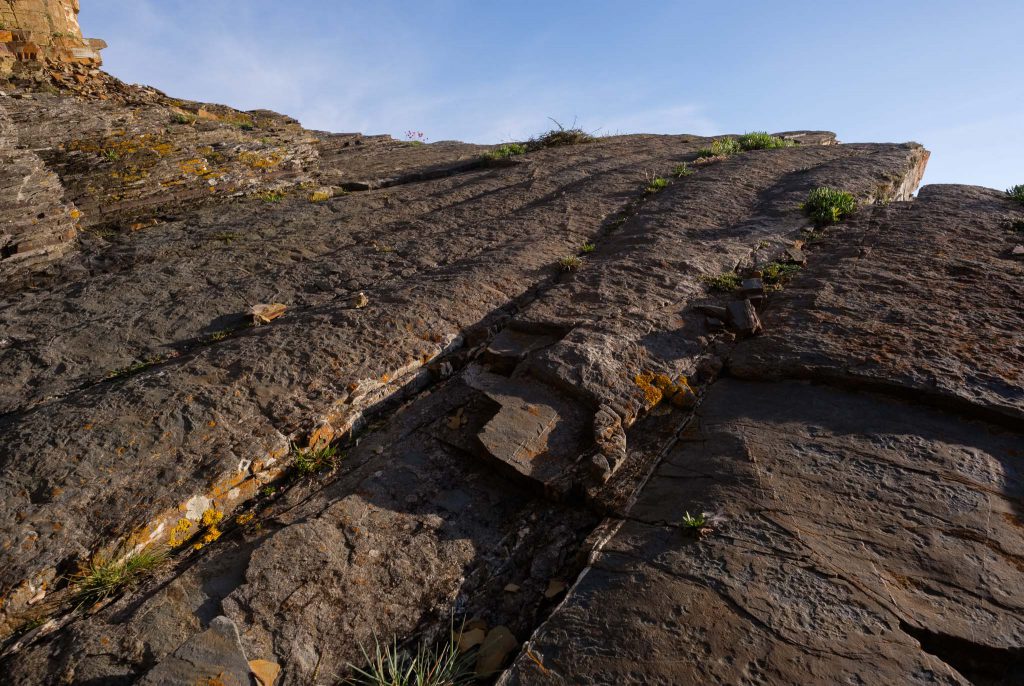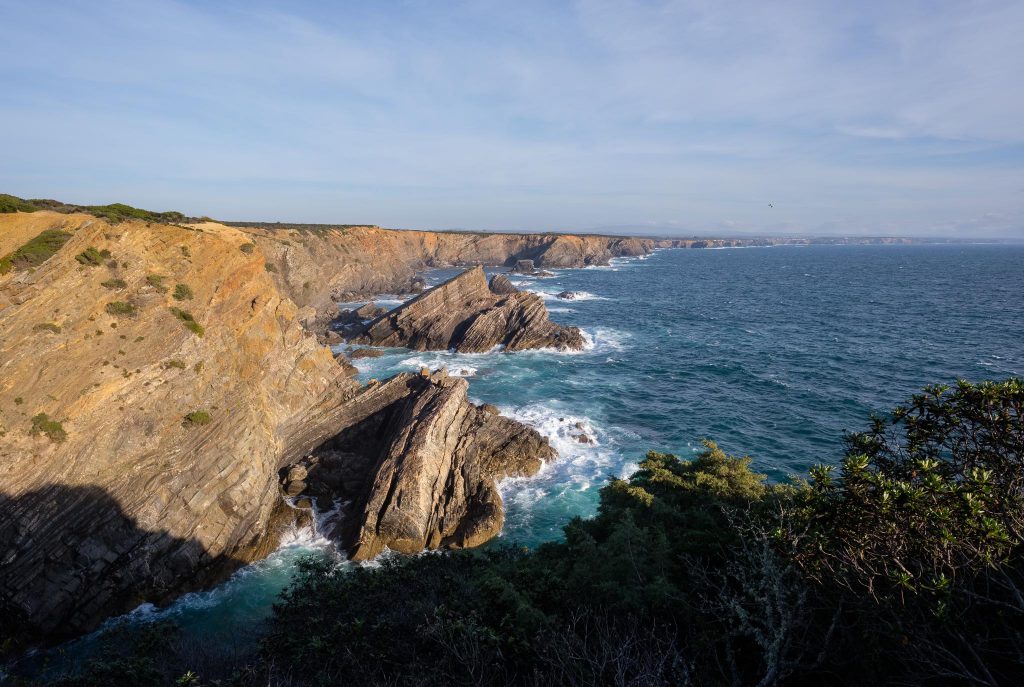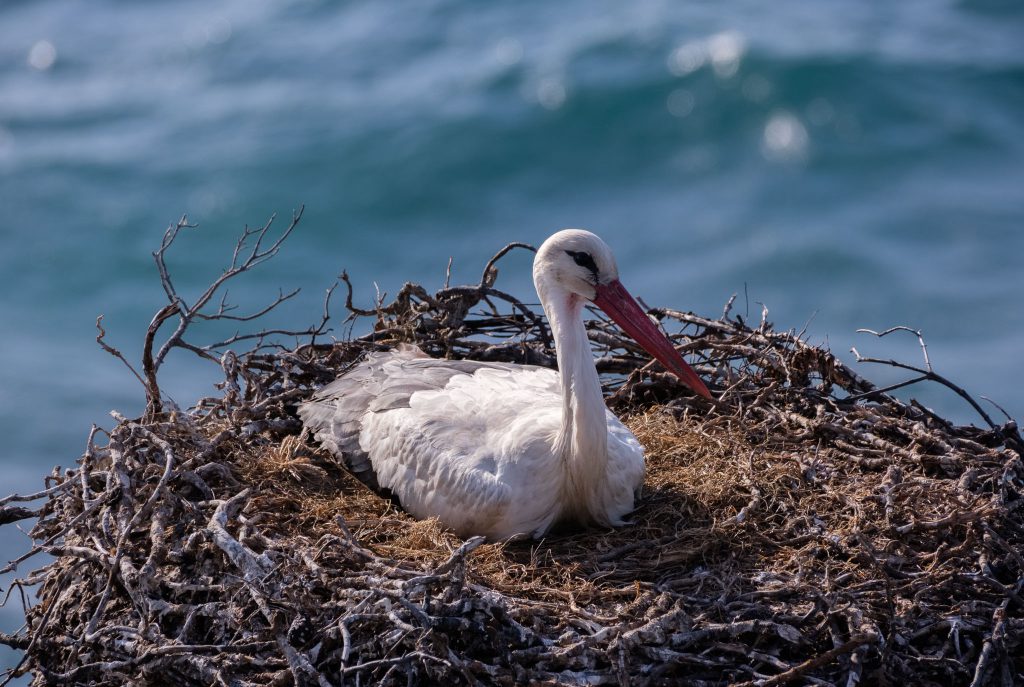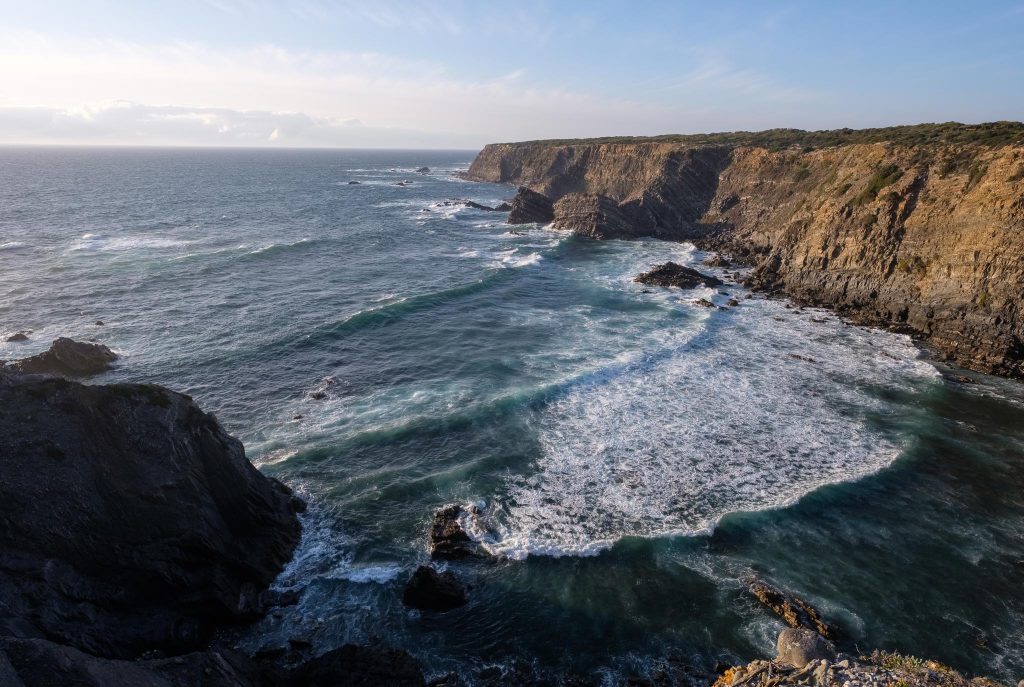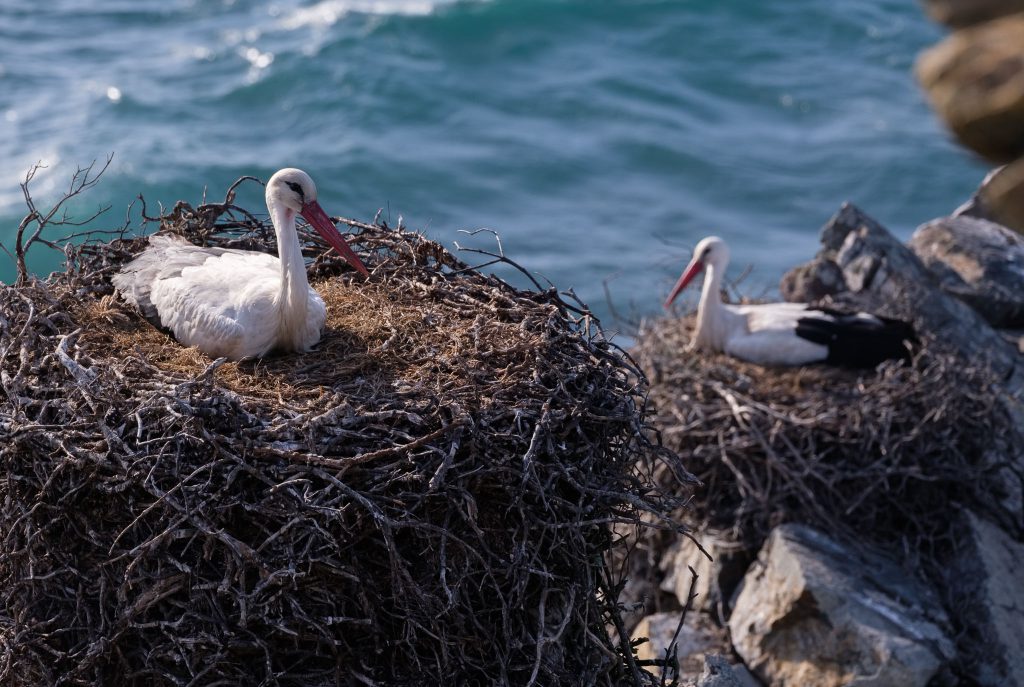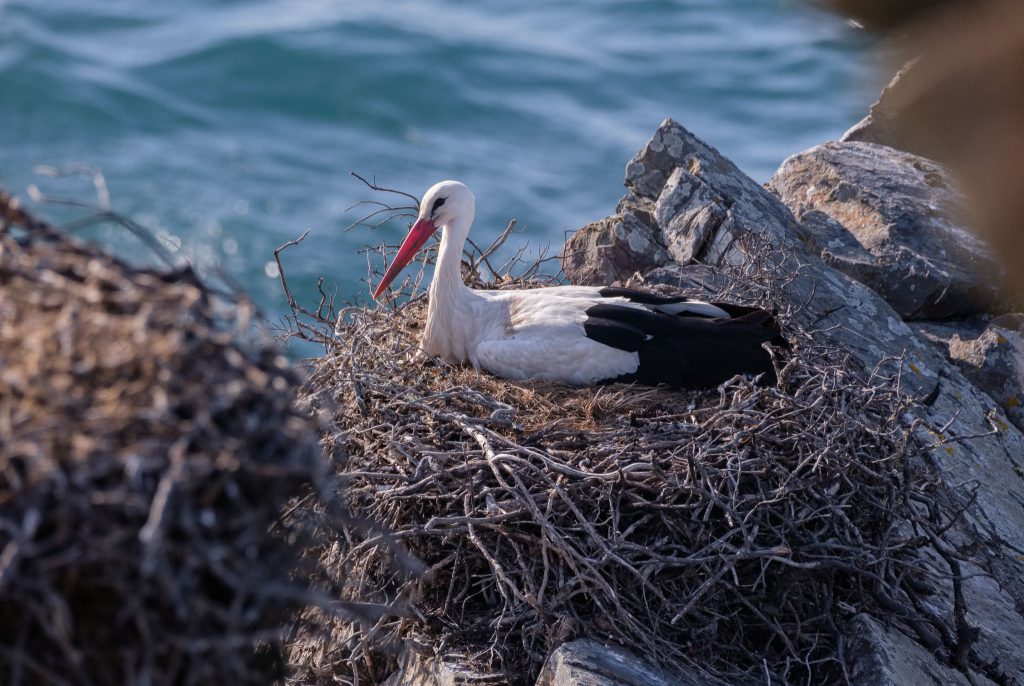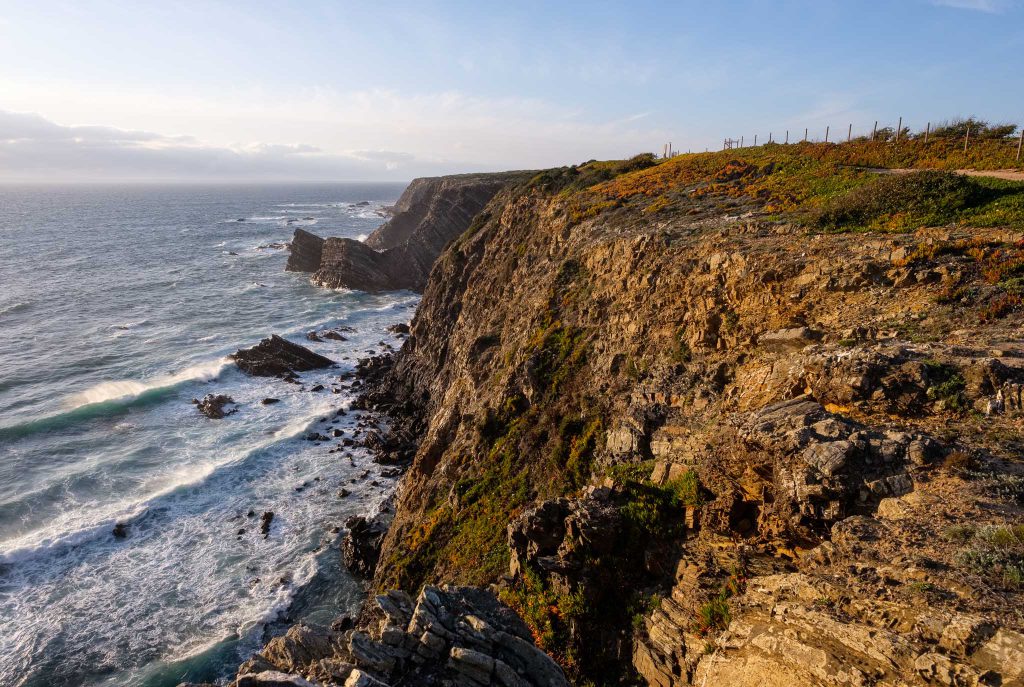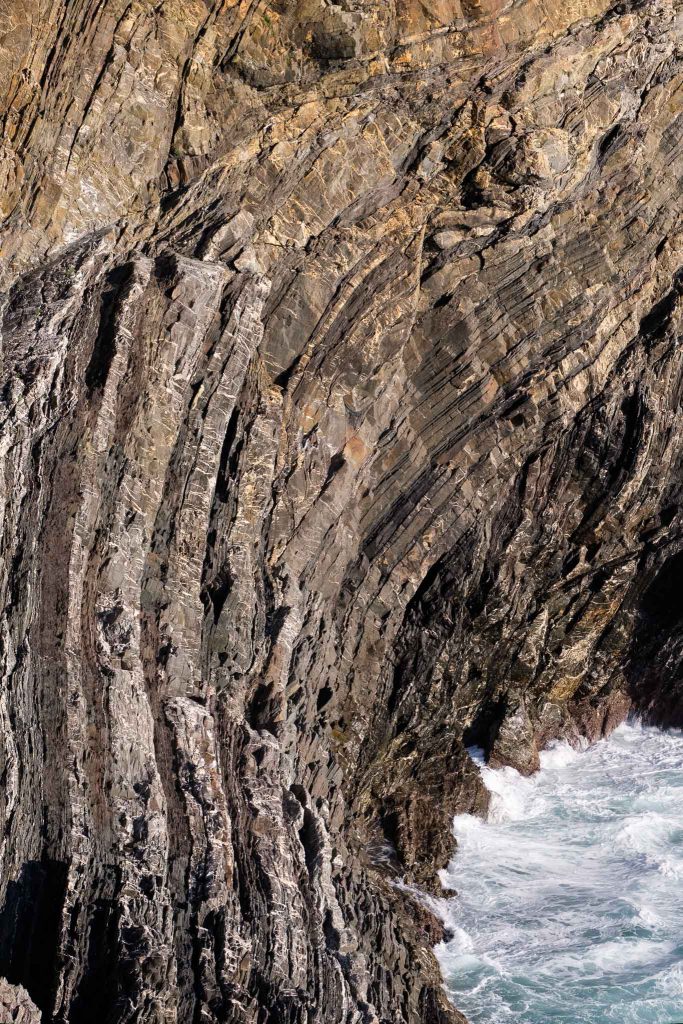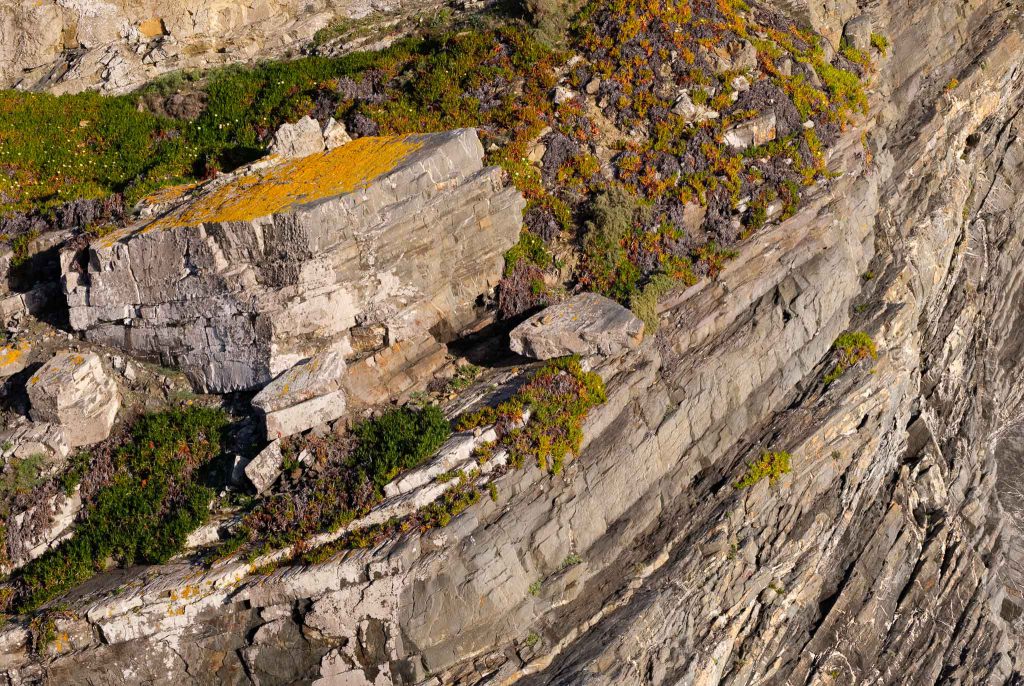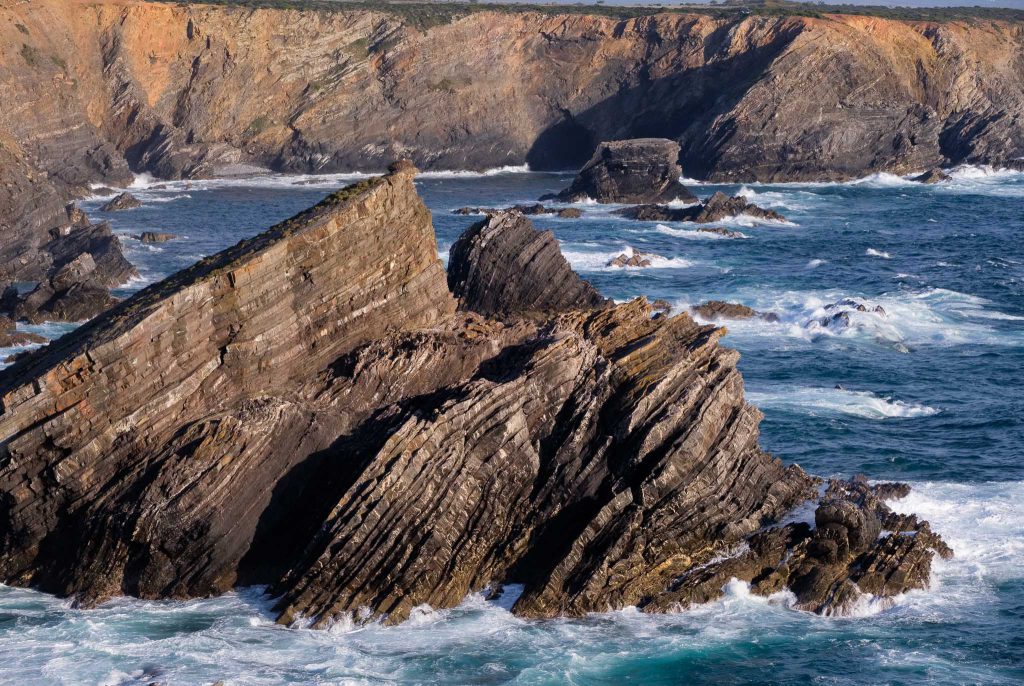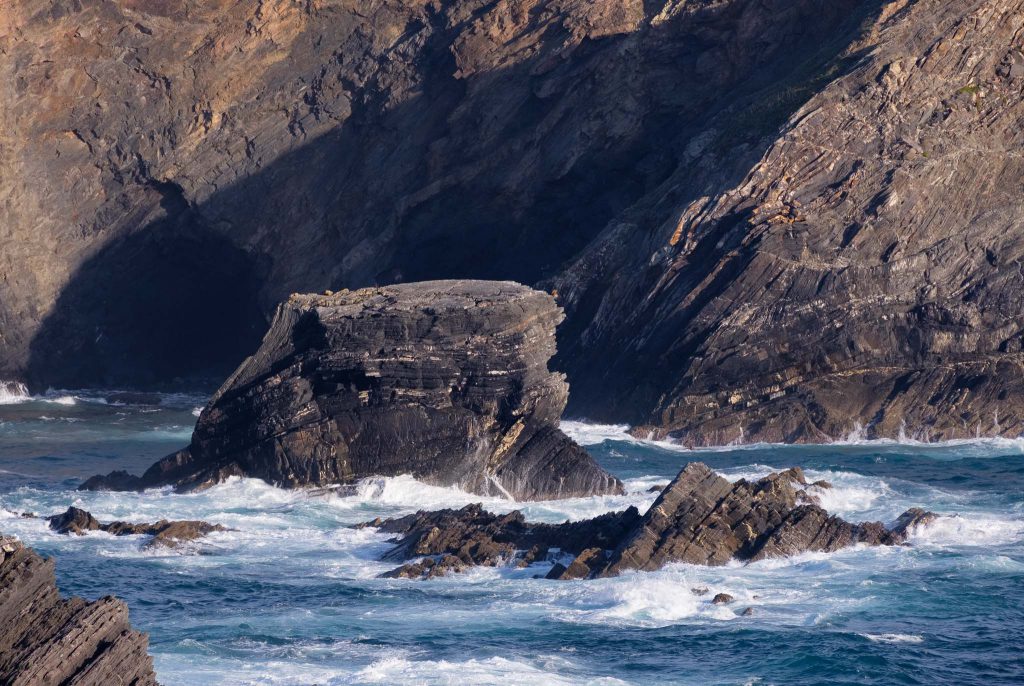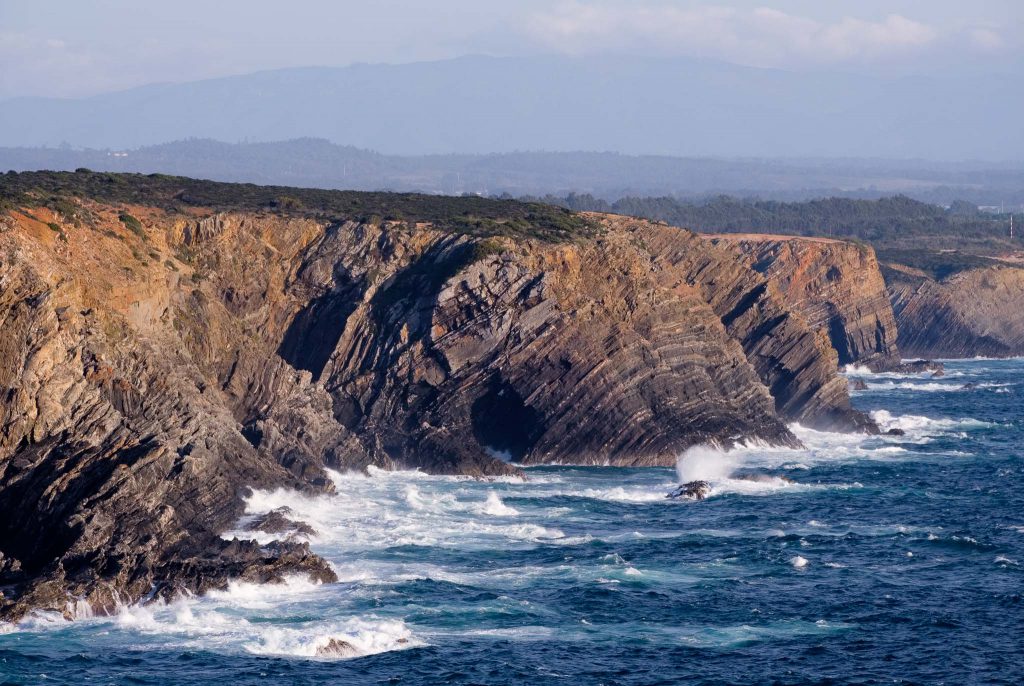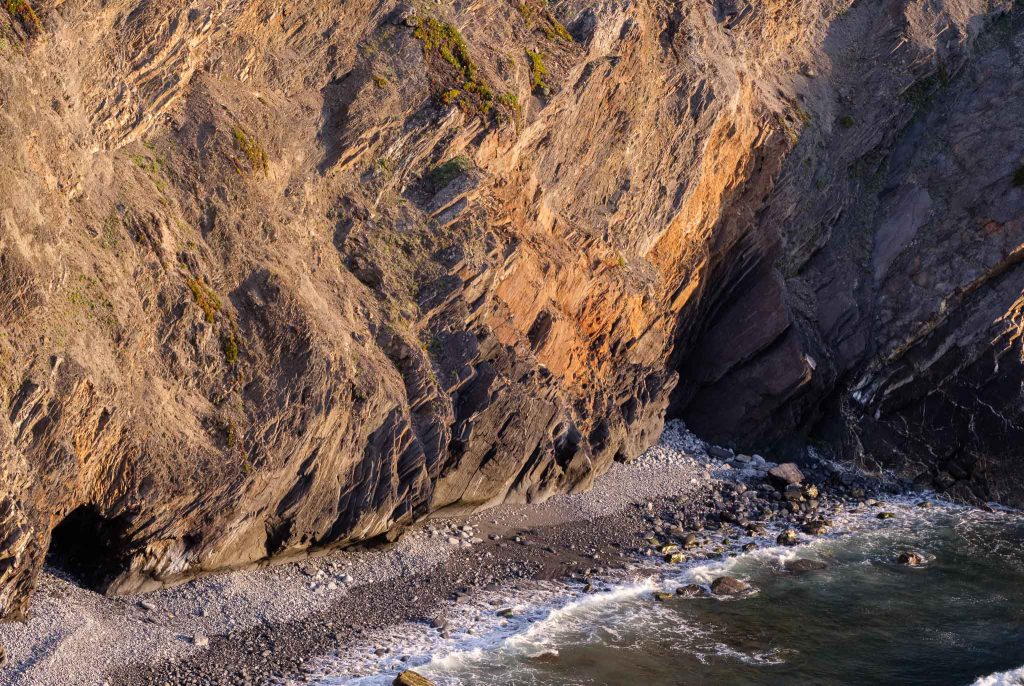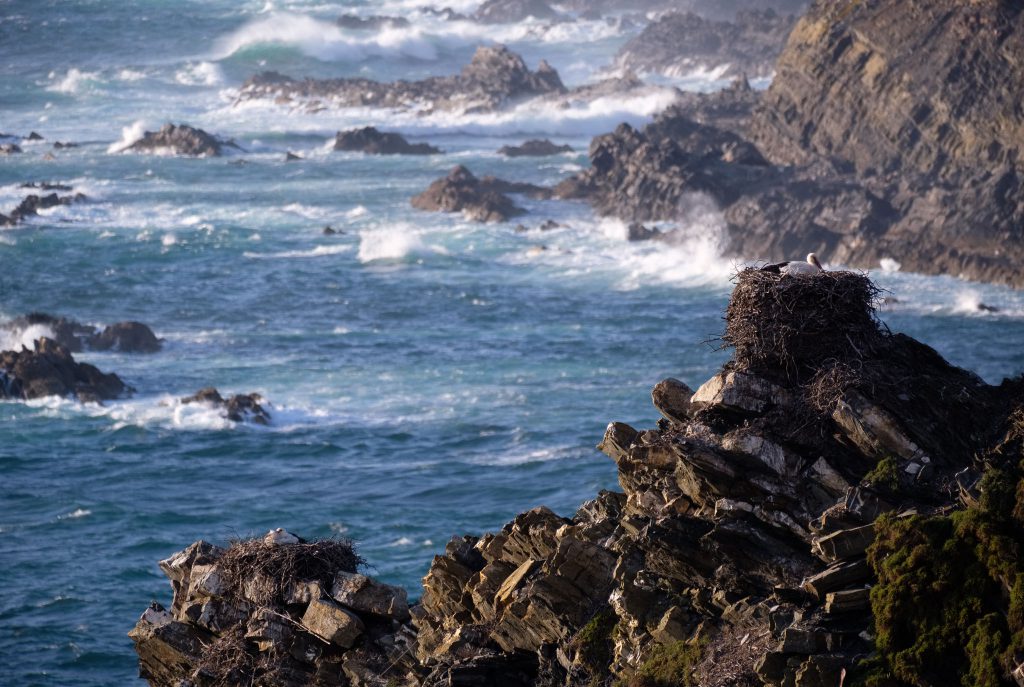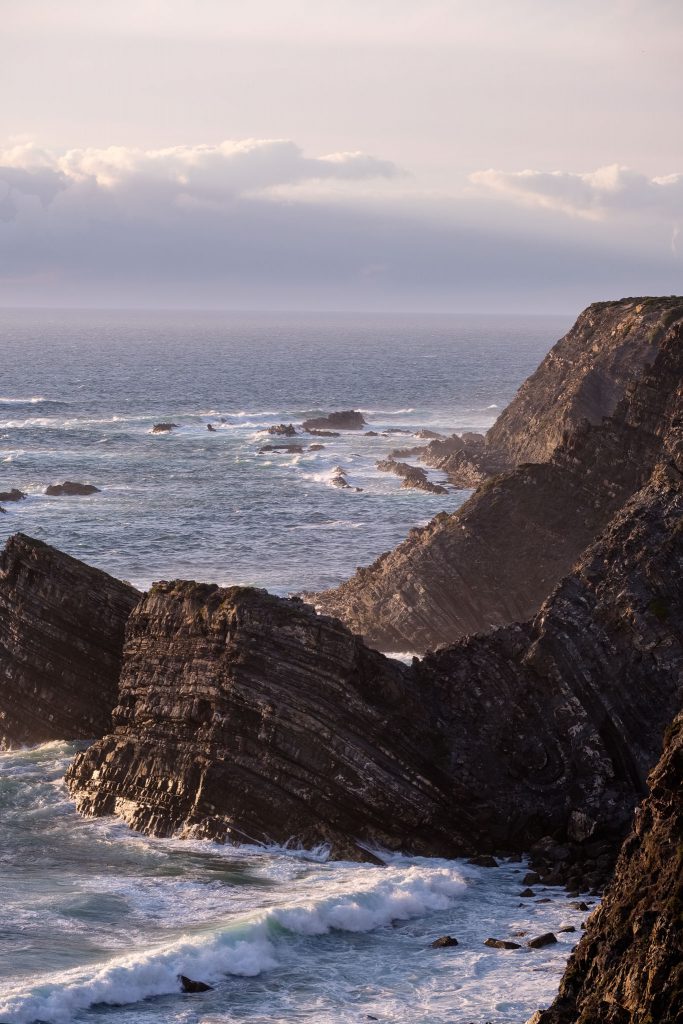The southwest coast of Portugal is home to a unique species of storks, which are one of the icons of the region. I first wrote about them almost two years ago, in a small essay that can be found in the link below.
The arrival of Spring brings with it the return of these birds to their nests set atop the numerous sea stacks along the coastal cliffs. One of the best areas to observe this species is the stretch of littoral between the villages of Cavaleiro and Zambujeira-do-Mar. I walked this trail a couple of weeks ago, and was able to photograph the white storks in their nests. I used the Fujifilm X-T3 camera and Fujinon 70-300mm zoom.
Two years ago the maximum focal length I had was 200mm, which was a bit limited. So, this time I wanted a little more reach, and the 70-300mm zoom (which was released in the interim) proved to be quite adequate. Of course, the Fujifilm 100-400mm zoom would have been even better, at the cost of extra weight and bulk, not to mention expense. I found the 70-300mm lens to be easy to handhold, and the image stabilization was also very useful. I was in the field for a few hours in the late afternoon, shooting until sunset in various places.
The wind was very strong, which required extra care when approaching the edge of the cliffs. The strong wind also demanded that, when using 300mm, I often had to lie on the ground to improve stability and avoid camera shake, which was a higher risk when the lens barrel was fully extended.
I also made several seascape photos of the area, which is beautiful in itself. In the set below, there are several frames taken with the Fujifilm 14mm f/2.8 lens, a high quality wide – angle lens that I have owned for several years. The geology along the cliffs makes for spectacular shapes and rock textures.
